

Volume 39
Published on November 2023Volume title: Proceedings of the 7th International Conference on Economic Management and Green Development
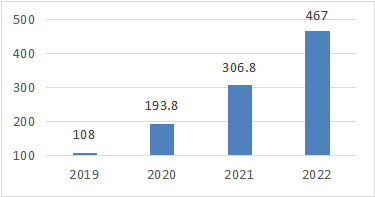
Internet medical enterprises are developing rapidly in the context of the epidemic, and the importance of the Internet medicine industry is increasingly reflected. At present, most of the Internet medical industry is in the early stage of development, and the profit model of many enterprises is still relatively vague. Many enterprises are faced with difficulties in making profits or even in long-term losses. Therefore, it is the top priority for enterprises to find their own profit model. By studying the profit model of Internet medical enterprises, it is of great significance to help enterprises optimize and adjust their own profit model and realize a corporate profit. In this paper, case analysis and comparative analysis are used to select Jingdong Health as the research object, analyze and classify the profit model based on its development history and leading business, and analyze the profit model through its constituent elements. Through research and analysis, it is found that Jingdong Health has problems such as too single profit points, the low viscosity of profit objects, and low efficiency of fund utilization. At the same time, it puts forward some suggestions for the existing problems. The research results show that continuous improvement of the profit model is crucial for the development of enterprises. It is hoped that this paper can provide a reference for other Internet medical enterprises in the early stage of growth in the optimization of the profit model.

 View pdf
View pdf


In the context of today's global economic and technological development, there is a growing concern for environmental issues and social responsibility. In this context, supply chain sustainability has become an important issue that companies cannot ignore. As a world-renowned technology company, Apple's practices and experiences in supply chain sustainability have attracted much attention. This thesis takes Apple as the research object, combines relevant literature and analyses Apple's successful cases in sustainable development, and discusses the current situation, problems and challenges faced by Apple's supply chain sustainable development. Through an in-depth study of Apple's theoretical framework and practical experience in supply chain management, the key factors of Apple's supply chain sustainability and future development direction are summarized. The findings show that Apple's success in supply chain sustainability is attributed to its leadership and commitment, supplier selection and management, use of resources and energy, supply chain transparency and collaboration, and social and environmental responsibility. This study has important implications for other companies to improve their performance and competitiveness in sustainability. Through the findings of this study, other companies can learn from Apple's supply chain management experience to improve their performance and competitiveness in sustainability. Also, this study has implications for the academic community, providing new insights and implications for theory and practice in the area of supply chain sustainability.

 View pdf
View pdf


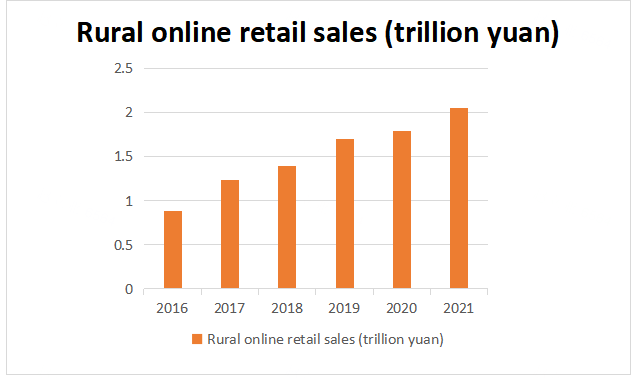
In the face of profound changes in the global digital economy, the rural digital economy needs further transformation and development. Drawing from the current state of affairs, this paper embarks on a multifaceted examination of the digitalization of rural governance. It identifies existing problems and proposes countermeasures. By investigating the status quo, gauging demand, and exploring potential developmental pathways, the author aims to propose effective strategies that will drive the digital transformation of rural governance. The data suggests a promising future for the rural digital economy, indicating substantial potential and room for growth. Concurrently, through the application of Ordinary Least Squares (OLS) model experiments, three fundamental factors that influence the development of the rural digital economy have been identified: the construction of digital infrastructure in rural areas, the state of the rural digital economy itself, and the implementation of digital governance in these regions. Meanwhile, research has shown the need to strengthen policy support and build a market-oriented rural digital economy development system; Utilize technological advantages to develop differentiated rural digital economy models; and enhance the legal framework surrounding the rural digital economy industry, which has the potential to stimulate its growth and development.

 View pdf
View pdf


Big data analytics has become an instrumental tool for digital transformation in the banking industry. By leveraging massive volumes of data, banks can gain valuable insights to optimize operations, reduce risks, and improve customer experience. For risk management, big data techniques enable banks to detect fraud and money laundering activities more accurately. In customer relationship management, big data analytics allows banks to better understand customer needs, provide personalized services, and enhance loyalty. Furthermore, big data can inform investment decisions by identifying new opportunities and mitigating risks. While big data brings significant opportunities, it also presents challenges in data governance, privacy, and security that require prudent management. Technical and business model innovations must align to fully realize the potential of big data. Banks should invest in big data infrastructure, promote a data-driven culture, and pursue strategic partnerships. Regulators and policymakers should establish flexible guidelines to encourage big data adoption while protecting consumer privacy. By harnessing big data responsibly, banks can transform into truly customer-centric digital organizations. Overall, big data is redefining the banking industry, and continuous digital transformation is imperative for banks to thrive in the new data-driven era.

 View pdf
View pdf


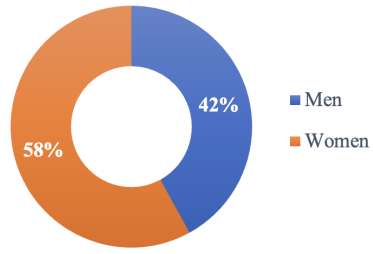
In 2016, a new variety show “Who’s the Murder” appeared, bringing a new form of entertainment: Live Action Role Playing (LARP) game. In 2018-2019, offline LARPs appeared, soon becoming the most popular entertainment method for the Z generation. The paper focuses on the consumers of the LARP market, analyzing their consumption behavior preferences and determining the driving factors of LARP consumption behavior based on existing consumption data. Using the analytical results, the paper can predict the sales of new scripts and help LARP merchants optimize their marketing strategies. The article mainly uses descriptive and predictive analysis (regression model) to study LARP’s consumption data collected from the LARP website. The paper finds that difficulty level, duration time, and issue type (price) have a significant influence on consumer behaviors. Also, the paper generates a model for future sales prediction.

 View pdf
View pdf


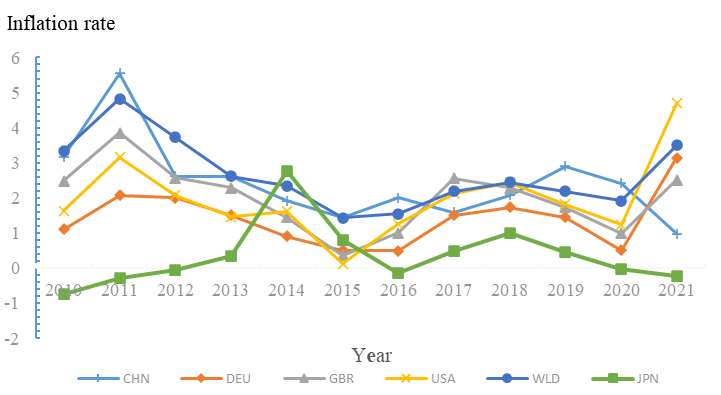
After the bursting of the bubble crisis in Japan, the government adopted a series of quantitative easing policies to improve the weak economic environment and promote economic growth. in September 2016, the Japanese government began to implement the yield curve control policy to improve the economic environment by controlling the yield on government bonds. the YCC policy, in theory, could promote economic growth and achieve the inflation target in Japan, but the actual effect was lacking. This paper analyses the main reason for the unsatisfactory implementation of the yield curve policy in Japan is the special social environment in Japan. Although the YCC policy has led to an increase in the money circulating in the market, after firms have received the money, they do not expand their investment production at home due to Japan's own lack of domestic demand, but choose to invest the money in stocks, government bonds or other overseas markets for profit. After the money flowed around the market, it went back to the capital market without making the liquidity in the market increase. This paper uses Granger causality tests to analyze the causal relationship between the ageing population, personal savings, average wage and the inflation rate in Japan, and finds through the tests that the inflation rate conversely affects the above factors. The interaction between these two factors has trapped the Japanese economy in a cycle of economic malaise, which is difficult to break with YCC policy.

 View pdf
View pdf


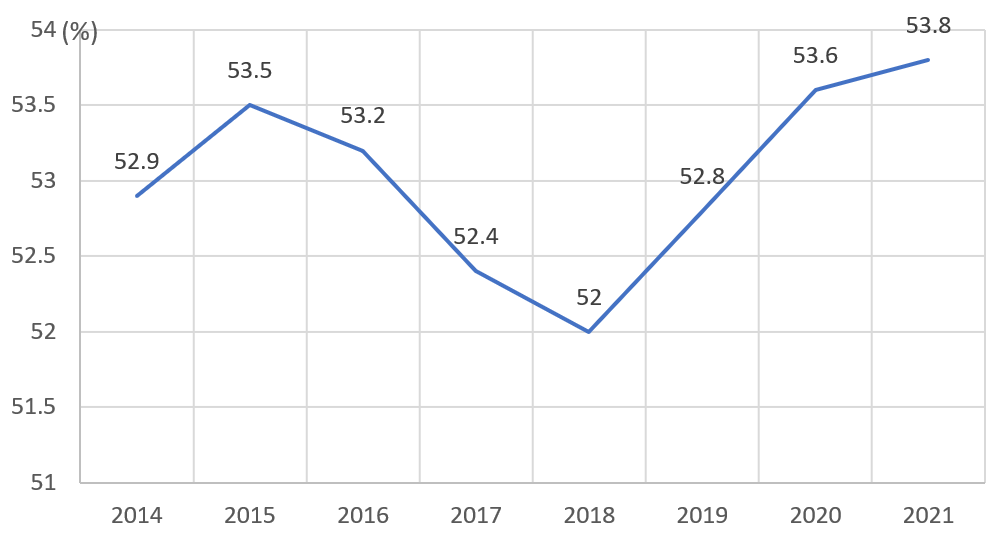
The paper deals with the impacts of shadow banks on small and medium enterprise financing. The overview of the field and the current situation of SMEs are discussed, as well as how vital SMEs are in China. The financing venues and predicaments for SMEs are concerned; we further show how SMEs benefit from the shadow bank. The paper describes the relationship between SMEs and shadow banks and expounds on the shadow bank from the borrower, lender, and investor perspective. Finally, we analyze the financing environment of SMEs and find that the climate is improving though banks are pessimistic.

 View pdf
View pdf


This research examines the impact of the green economy on industrial structure, focusing on the viewpoints of enterprises, consumers, and the government, and provides comprehensive evaluation of the trends in reform and development within China’s environmentally friendly sector. The study reveals that the green economy has a significant influence on optimizing the industrial structure. Encouraging companies to adopt green production practices can lead to a shift towards resource-efficient and environmentally friendly production methods, promoting the transformation of the industrial structure towards green industries. Guiding consumers towards green consumption can stimulate the demand for green industries, thereby driving the transformation of the industrial structure towards green consumption-driven. Strengthening the government's environmental responsibilities can tilt the industrial structure towards environmental industries and foster the advancement of the eco-friendly economy. By optimizing the arrangement of industries, the green economy contributes to achieving sustainable development, providing important references for encouraging the environmentally conscious enhancement of industrial structures and building an environmentally friendly economic system.

 View pdf
View pdf


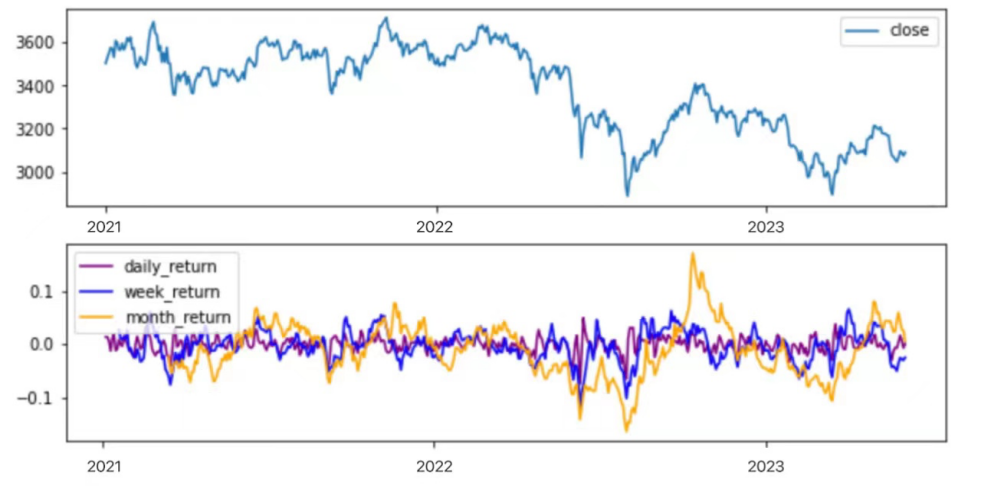
The Efficient Market Hypothesis (EMH), initially formulated and subsequently refined by the renowned American economist Eugene Fama in 1970, classifies markets into three tiers of efficiency: weak, semi-strong, and strong. As the world's second-largest economy, China has assumed an increasingly prominent role on the global stage due to its distinctive socialist framework and the ongoing development and enhancement of its capital market. The 14th Five-Year Plan, a pivotal component of China's social development agenda for 2021-2025, holds immense significance in propelling China's economic progress. In this study, utilizing a time series model, we conduct a comprehensive examination of China's A-share market throughout the current century, scrutinize the overarching context of the 14th Five-Year Plan, assess the efficacy of China's capital market, and propose potential remedies and future outlooks in alignment with the pertinent policies outlined by the Chinese government and the factors contributing to the inefficiencies observed within China's A-share market.

 View pdf
View pdf


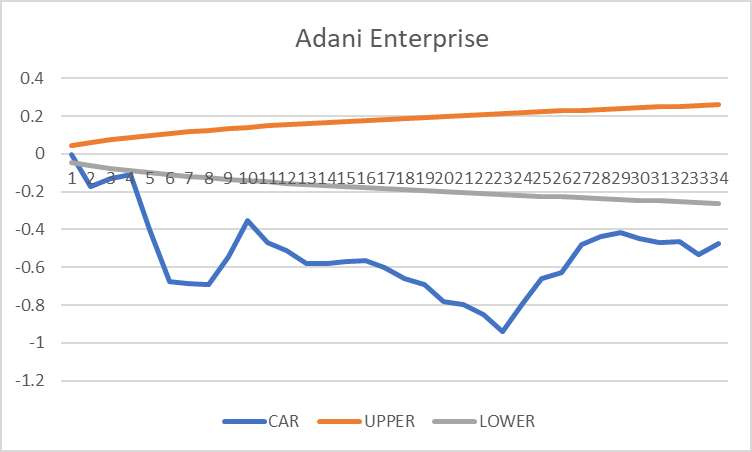
In this paper, we investigate the impacts of Hindenburg’s accusation report on the share prices of seven Adani Group subsidiaries. Using linear regression and Cumulative Abnormal Returns (CAR) analysis, show the effect of the information within the event period. Additionally, the study explores the correlations between the seven companies' stock returns and Sharpe Ratios. We observed an instantly negative effect and further speculated why the recovery varies. We have also developed a more detailed understanding of short selling and put forward suggestions currently beneficial to investors.

 View pdf
View pdf




